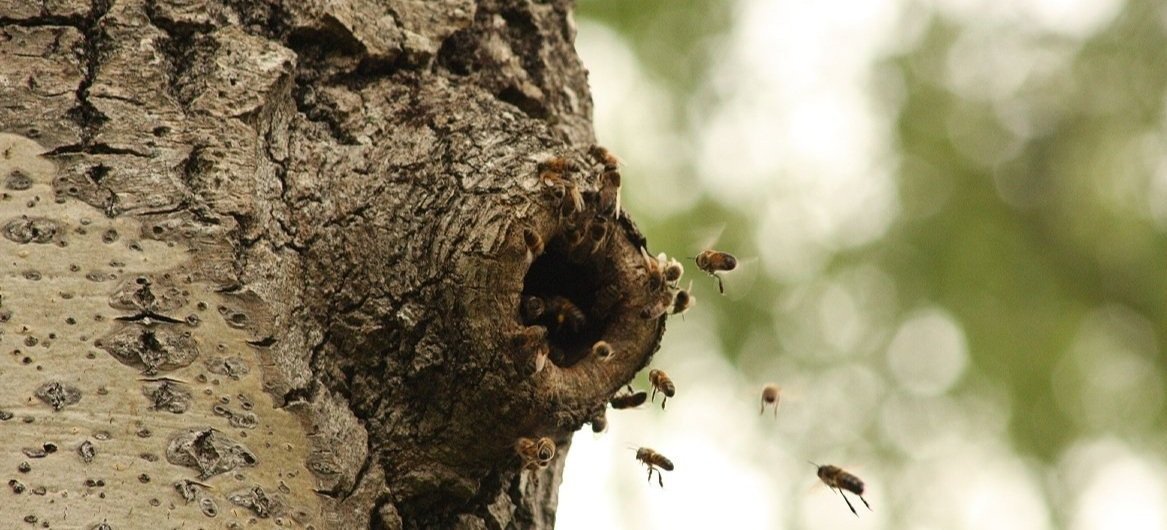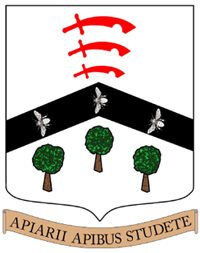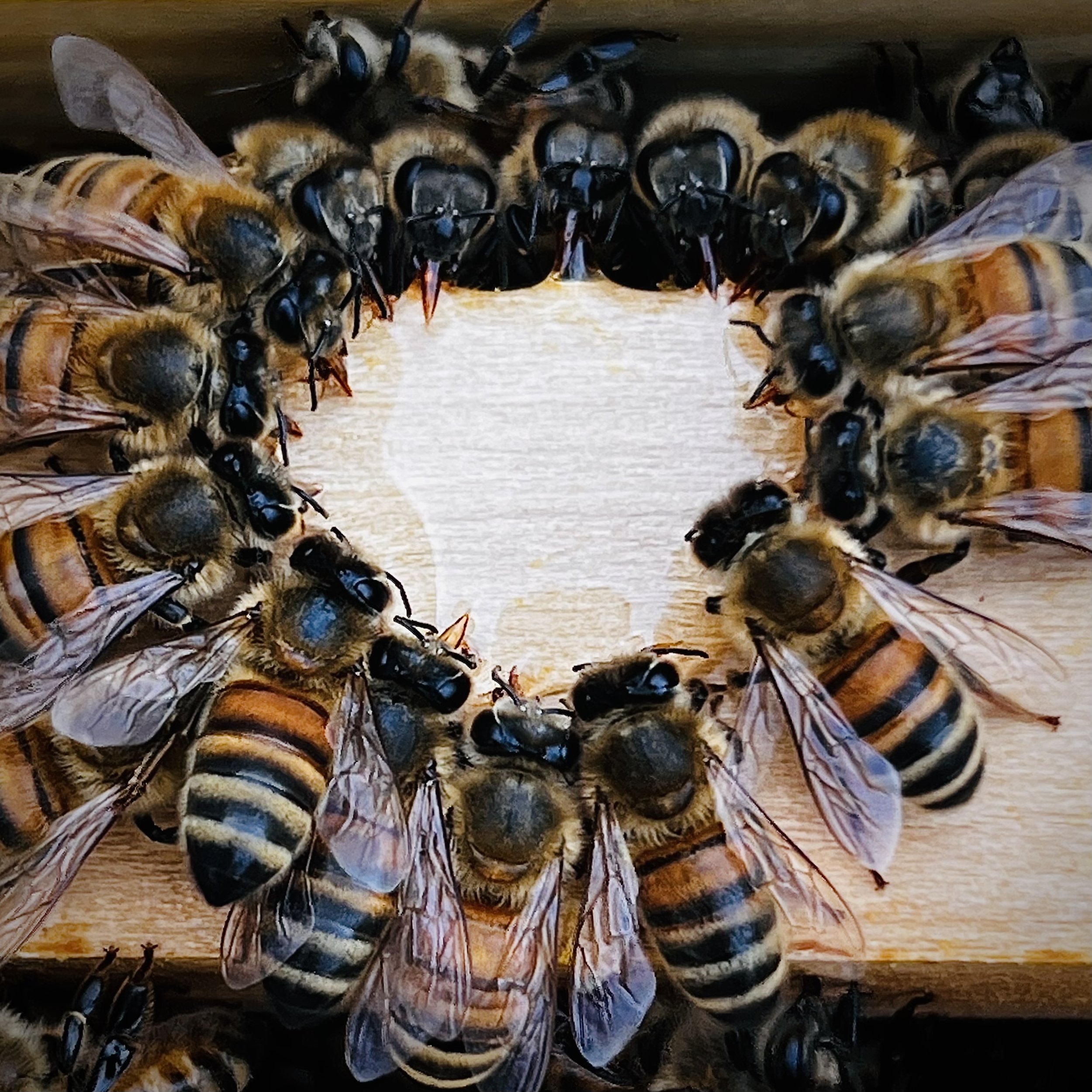
Epping
Forest
Beekeepers
We learn from the bees.
Epping Forest Beekeepers was founded in 1918.
We are an association of beekeepers and friends of beekeepers based near Epping Forest. The division stretches from East London up to the market town of Epping in the north and from Enfield going east to Wanstead.
We promote responsible beekeeping through education and collaboration.
EFBK meet regularly at Chingford Horticultural Hall in Larkshall Road, Chingford, E4 6PE and also arrange apiary visits throughout the area during the summer months.
Our motto ‘Apiarii Apibus Studette’ translates as ‘Beekeeper: learn from the bees’
Join Us
Registered Membership gives you PLI insurance, Bee Disease Insurance, monthly BBKA Magazine, our regular Newsflashes and admittance to monthly meetings.
Associate Membership gives you our regular Newsflashes and attendance at monthly meetings.
We hold monthly meetings throughout the year.
We meet in person at Wanstead between May and September on the third Saturday of the month, and on Zoom between October and April on the third Thursday of the month.
What’s On
Beekeeping Courses
We run Beekeeping Beginners Courses each Spring and also offer training for Basic Assessment
Swarm Collectors
If you have found a swarm of bees, take a look at our guide: there are 270 types of bees in the UK and we can only collect honey bees!
Local Honey for Sale
Our members have honey for sale in your area!
Honey Show
We hold our annual Honey Show at Copped Hall, Crown Hill, Epping.
Plants for Pollinators
Pollinators are trouble and you can help these vital insects by planting pollinator friendly plants in your garden
Asian Hornet
Asian Hornet is a non native invasive species which predates on insects. 30% of it’s diet is honey bees.
Divisional Extractor
Members wishing to borrow the Divisional extractors please contact










